Do you dream of elevating your wardrobe with classic pieces that never go out of style? Vintage French clothing offers sophistication, excellence, and lasting beauty.
In this article, we’ll explore:
• How to style vintage French clothing today
• Caring tips for preserving your garments
• Choosing the right vintage pieces
• Mixing vintage with modern trends
• Celebrating the elegance of vintage fashion
By the end, you’ll confidently integrate these timeless pieces into your wardrobe, ensuring longevity and enhancing your style.
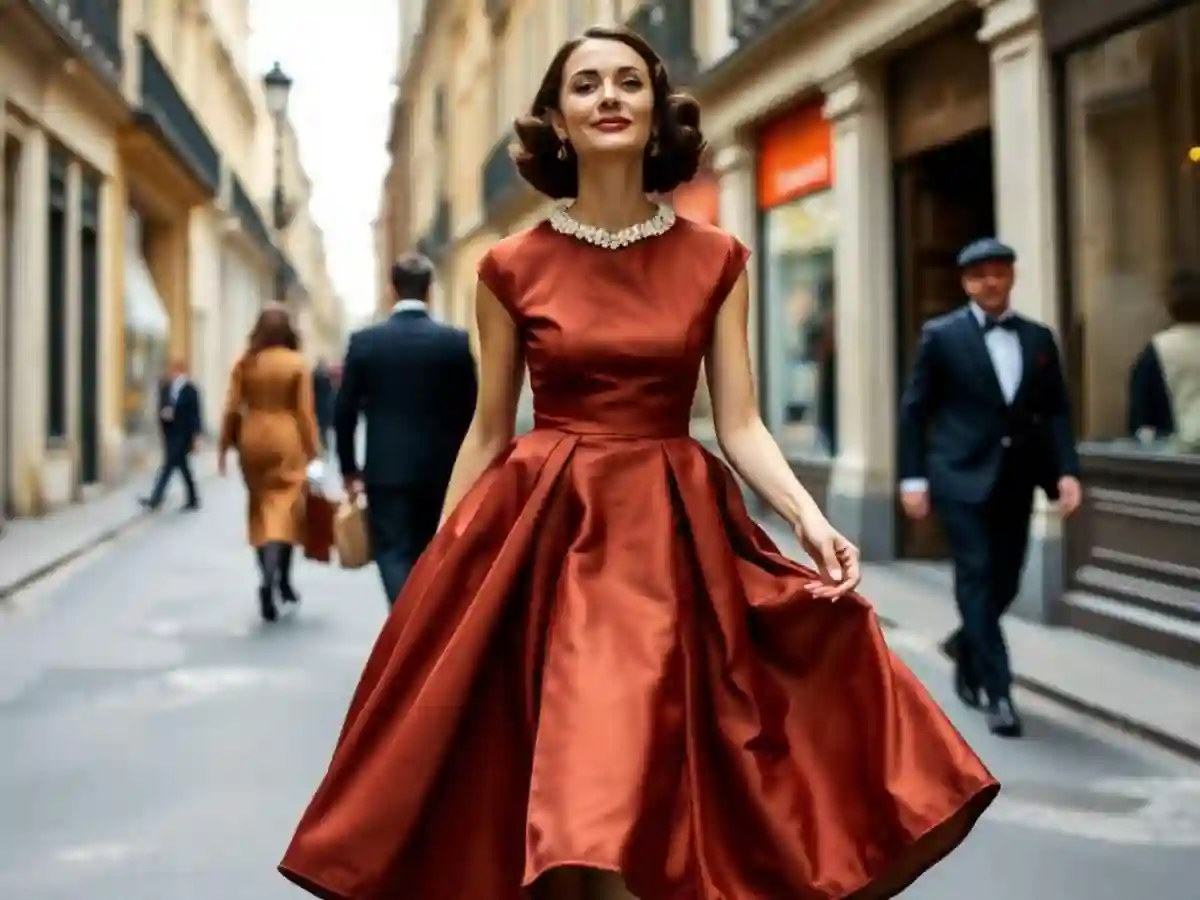
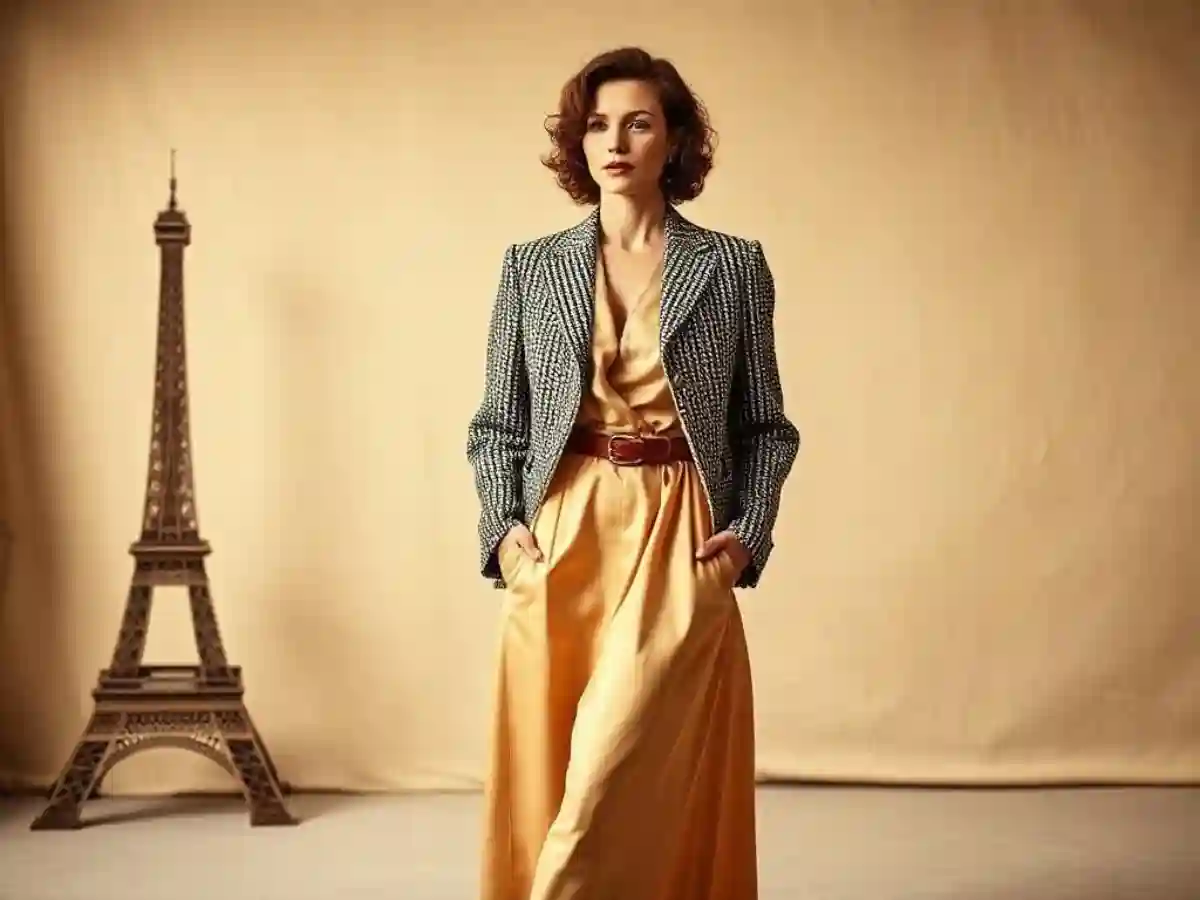

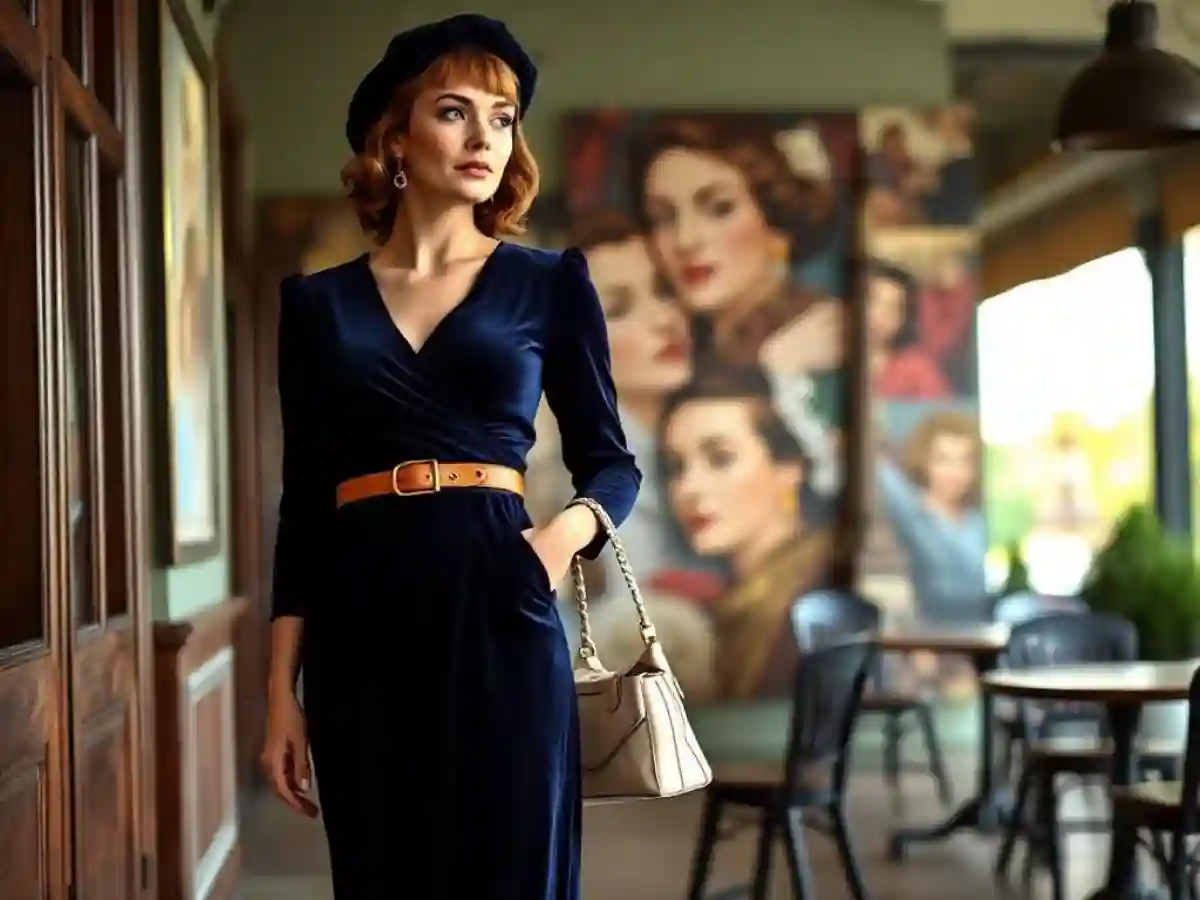
1. Characteristics of Vintage Clothing in France
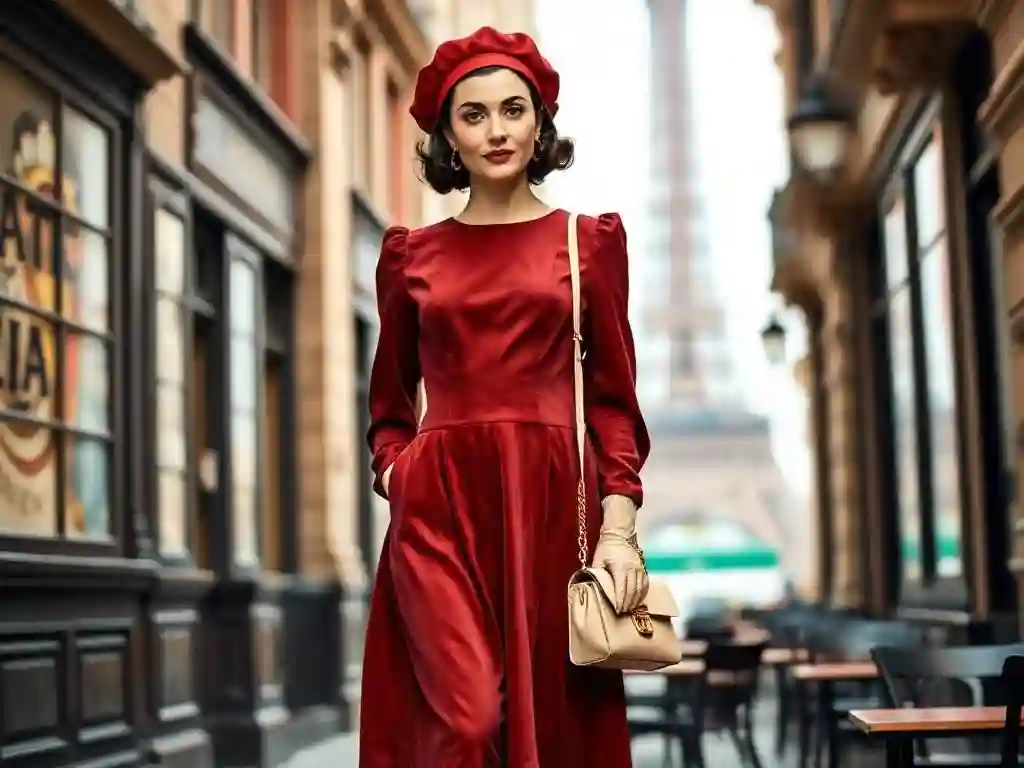
Vintage French clothing is known for its elegance and style. It uses high-quality materials and shows great attention to detail. The designs often have feminine shapes with fits that look polished and classy. French art, cinema, and history inspire many of these items, adding a unique touch.
The mix of classic design and careful craftsmanship makes vintage French clothing both timeless and chic.
See Also Vintage Mexican Clothing
2. Iconic French Designers and Their Influence
Coco Chanel

Coco Chanel changed fashion with her iconic “little black dress” (LBD), a vintage piece that gave women more freedom in their wardrobes. Her designs focused on simplicity, with clean lines and no unnecessary embellishments. Chanel introduced casual chic, making pieces like the tweed suit popular for everyday wear.
She helped create a new category of fashion that moved away from corsets, focusing instead on comfort without losing style. Today, Chanel’s legacy continues, with her vintage clothing and add-ons still defining timeless elegance for customers around the world.
Christian Dior
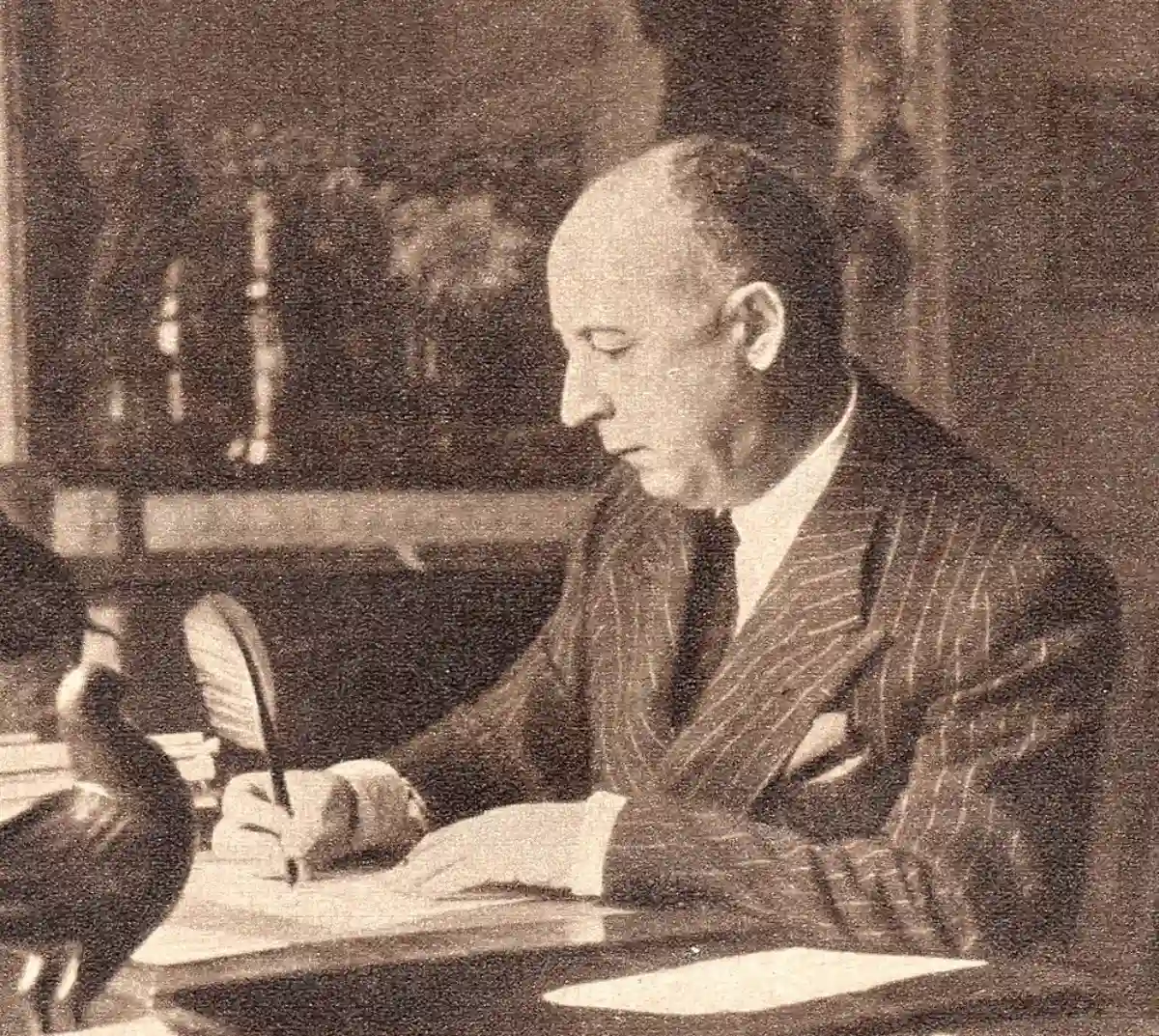
Christian Dior’s “New Look,” introduced in 1947, changed fashion by celebrating the hourglass figure. His designs brought back a sense of femininity with rounded shoulders, cinched waists, and full skirts. Dior used luxurious fabrics like silk and velvet, which made his vintage selection stand out in haute couture.
His feminine cuts were a big change from the more practical wartime clothing. This series brought back glamour and luxury, setting a new standard for elegance and sophistication in women’s fashion.
Yves Saint Laurent

Yves Saint Laurent transformed fashion by introducing the tuxedo suit, “Le Smoking,” a vintage clothing piece that blurred the lines between gender and style. His ready-to-wear clothing collections made high fashion more accessible, allowing women to express their individuality.
Saint Laurent’s inspiration came from blending traditional designs with bold, modern accessories, creating iconic pieces that challenged societal norms.
Today, fashion lovers browse his timeless creations and shop for pieces that carry his legacy, combining timeless elegance with daring innovation. Women around the world find love in his vintage styles, making them a lucky addition to any wardrobe.
Jean-Paul Gaultier

Jean-Paul Gaultier was a pioneer in pushing fashion limits, mixing punk influences with haute couture. His designs, often avant-garde, challenged traditional fashion norms, celebrating rebellion and diversity. Gaultier’s controversial items, like the cone bra worn by Madonna, pushed the boundaries of design and comfort.
His work has always defied convention, creating space for individuality and artistic expression. Known for celebrating difference, Gaultier redefined haute couture, filling it with bold and daring ideas that continue to inspire the fashion world.
Balenciaga

Balenciaga was a master of vintage clothing and sculptural fashion, known for his architectural designs that challenged conventional tailoring. His impeccable craftsmanship and attention to detail created clothing that was both artistic and wearable. Balenciaga’s innovative approach laid the foundation for modern haute couture, influencing generations of designers.
Those who follow his groundbreaking techniques and visionary products continue to elevate fashion to an art form. Balenciaga’s collection of items inspires customers and fashion lovers worldwide, shaping the future of what couture can achieve.
See Also American Vintage Clothing
3. Popular Vintage French Clothing Styles by Decade
The Elegant 1920s
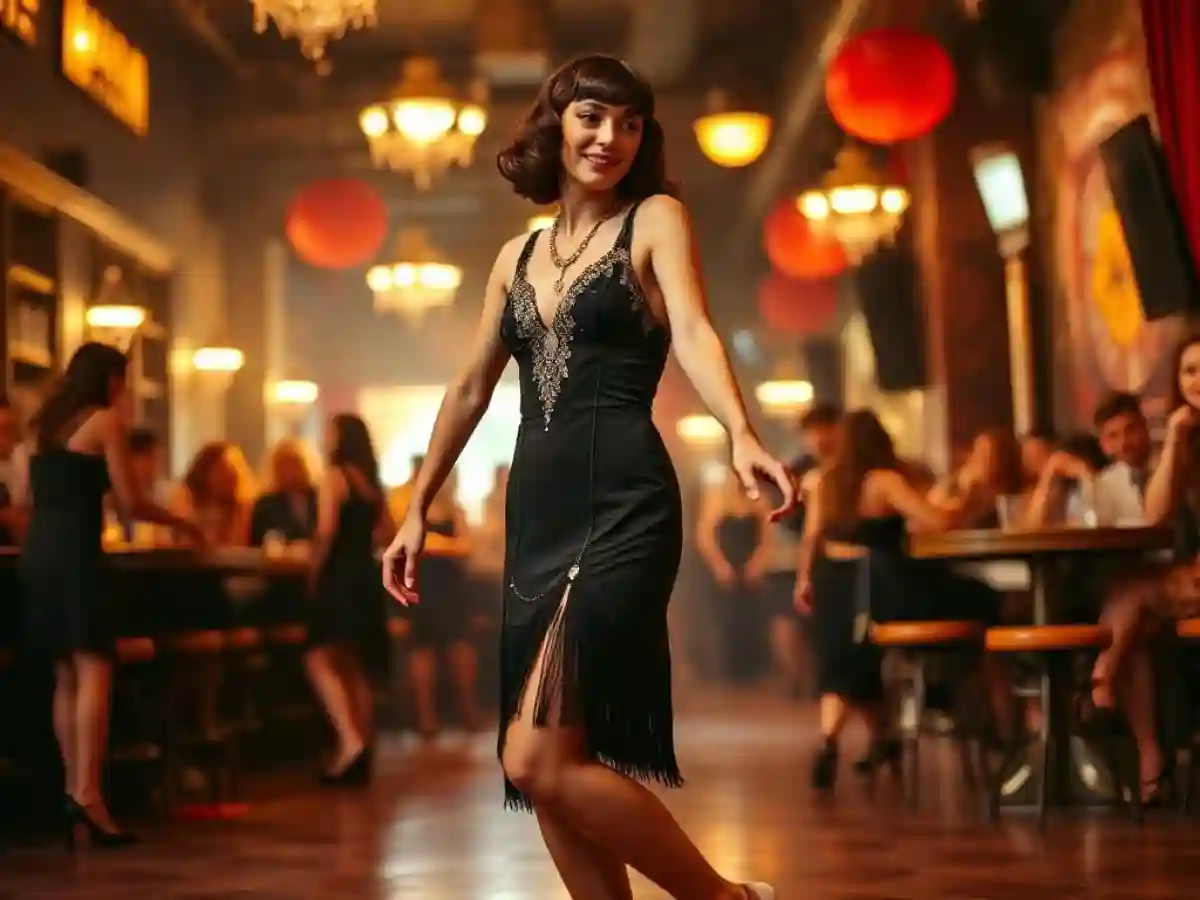
The 1920s introduced vintage clothing with shorter hemlines and drop-waist shapes, defining the Flapper style. Women embraced relaxed fits for comfort and freedom, while beadwork added glamour to dresses. Influenced by the Roaring Twenties and jazz, this fashion revolution let women express independence and boldness through style.
The Chic 1930s

The 1930s brought vintage clothing with smooth, flowing lines that highlighted natural curves. Evening wear and haute couture gowns made from delicate fabrics like satin and silk became popular, adding elegance. One can find fashion transitioning from loose fits to more structured, refined styles that focus on feminine beauty, sophistication, and subtle glamour.
The Wartime 1940s

In the 1940s, vintage clothing became more practical because of World War II. With fewer materials, one could find clothing focused on function but still retaining a sense of femininity. Tailored blouses, skirts, and structured coats replaced extravagance, offering chic, practical fashion.
Even with hardships, women’s fashion maintained its strength and grace, balancing practicality with elegance, showing resilience during tough times.
The Glamorous 1950s
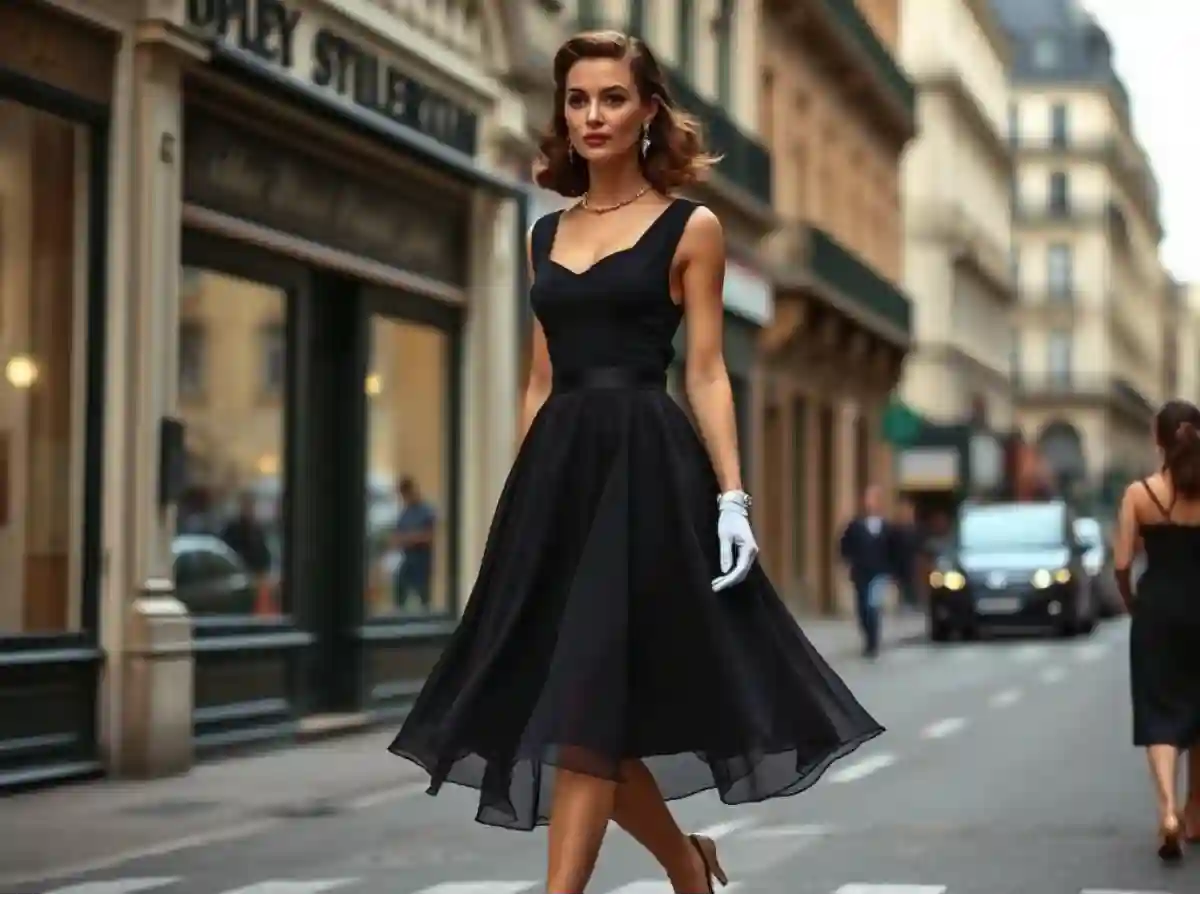
The 1950s were all about vintage clothing and Paris glamour, with designers like Dior and Chanel leading the way. Full skirts and fitted bodices created the hourglass shape, symbolizing feminine elegance. Luxurious fabrics like silk and taffeta added sophistication.
Paris couture transformed women’s wardrobes, bringing femininity, elegance, and refinement, making it the golden era of fashion.
The Dazzling 1960s
The 1960s brought vintage clothing with bold prints, geometric patterns, and the iconic miniskirt. Fashion shifted to sharp, clean lines and vibrant colors, reflecting the youthful spirit of rebellion.
Pop culture and music, with icons like Twiggy, heavily influenced trends. This decade was all about self-expression, freedom, and boldness, as fashion became a way to break free from traditional norms.
The Bohemian 1970s
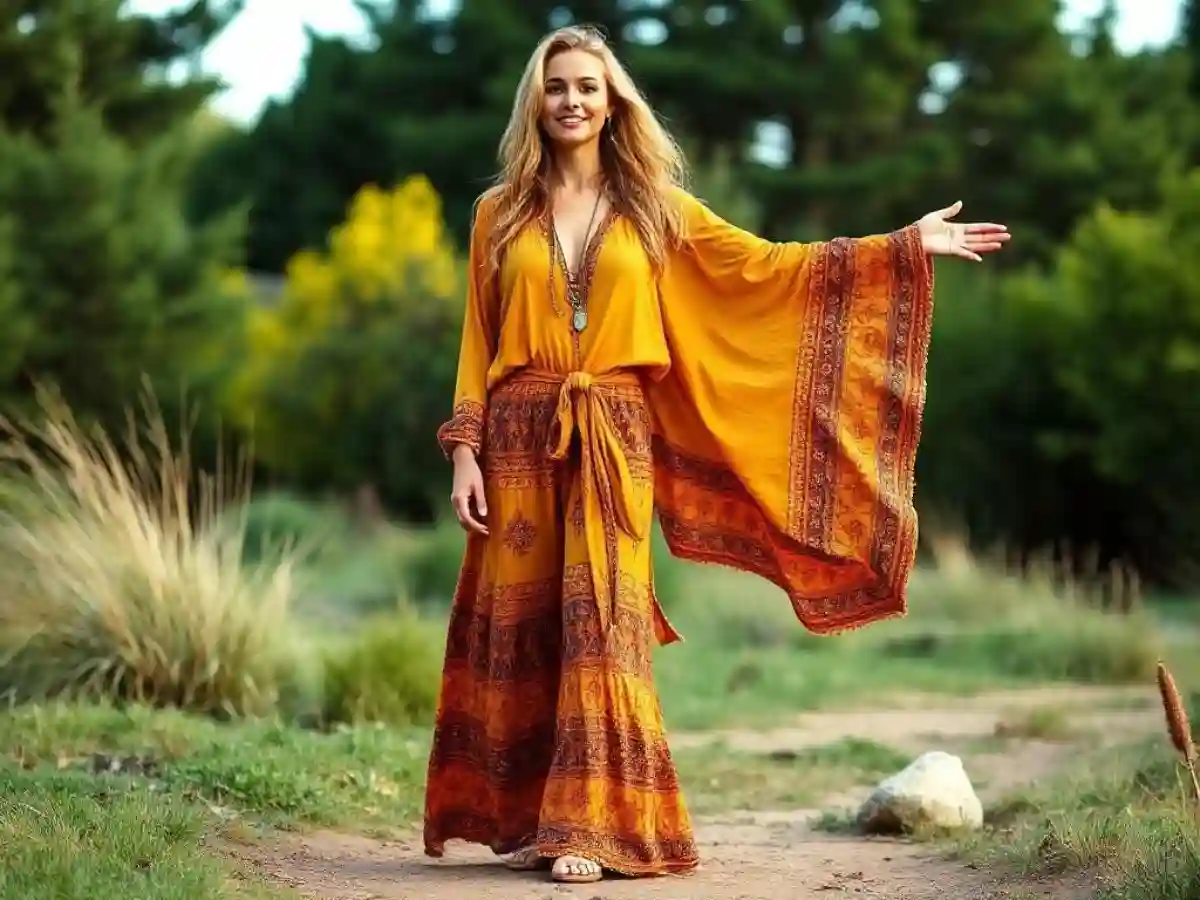
The 1970s introduced vintage clothing with flowing silhouettes and ethnic patterns. Earthy tones like mustard yellow, brown, and burnt orange dominated, reflecting a connection to nature. Boho chic, popularized by icons like Jane Birkin, mixed a carefree, artistic style with luxury.
This decade celebrated individuality, with fashion becoming a form of self-expression, embracing freedom and creativity through unique, eclectic looks.
The Bold 1980s

The 1980s brought vintage clothing with sharp tailoring, oversized silhouettes, and bright colors. Fashion became a symbol of confidence, with power dressing leading the way. Strong-shouldered blazers and structured suits showed dominance and femininity in the workplace.
Designers pushed boundaries, making fashion more extravagant and chic. This decade celebrated self-assurance, with fashion representing strength and independence for women, especially at work.
See Also German Vintage Clothing
4. How to Style Vintage French Clothing Today
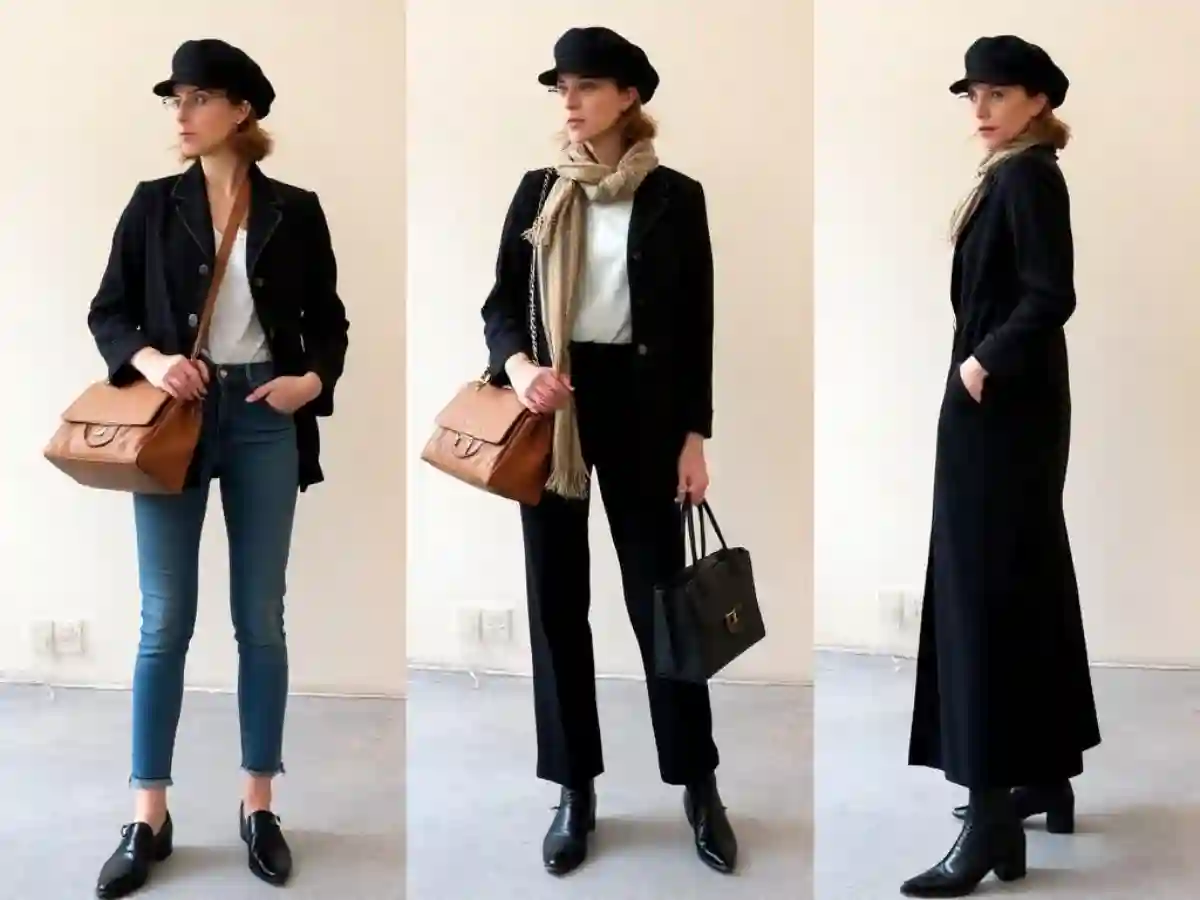
- Pairing with Modern Trends: Mix vintage French clothing with sleek jeans or minimalist tops for an eclectic, fresh look.
- Emphasizing Accessories: Add classic add-ons like scarves, berets, and chic handbags to give your outfit timeless Parisian style.
- Channeling Parisian “Effortless Chic”: Go for simple elegance with high-quality pieces that offer sophistication without excess.
- Opting for Key Pieces: A vintage Chanel blazer or Dior dress can be your statement item, adding classic luxury to your wardrobe.
See Also Vintage Italian Dress
5. Caring for Your Vintage French Clothing

- Proper Storage: Keep vintage clothing in cool, dry places. Use garment bags for delicate fabrics like silk and lace to protect them from dust and damage.
- Cleaning Techniques: For most vintage fabrics, gentle hand-washing or dry cleaning is best. Always check care labels for specific instructions.
- Preserving Fabrics: Handle delicate materials like wool, silk, and fur carefully. Avoid direct sunlight to prevent fading and damage to your vintage pieces.
- Repairs and Restoration: For major damage, seek professional restoration to maintain the value of your vintage items and keep them wearable.

Vintage French Clothing: A Recap
Vintage French clothing is a mix of elegance, art, and timeless design. Designers like Coco Chanel and Christian Dior, along with styles across different decades, have shaped and reflected culture. These garments use high-quality materials and great craftsmanship, offering both beauty and function.
Today, vintage French clothing can be paired with modern items or kept as statement garments in your wardrobe. Whether you’re storing, cleaning, or restoring them, taking care of these treasures helps preserve their legacy. With its rich history, vintage French clothing continues to inspire and define elegance in fashion.


